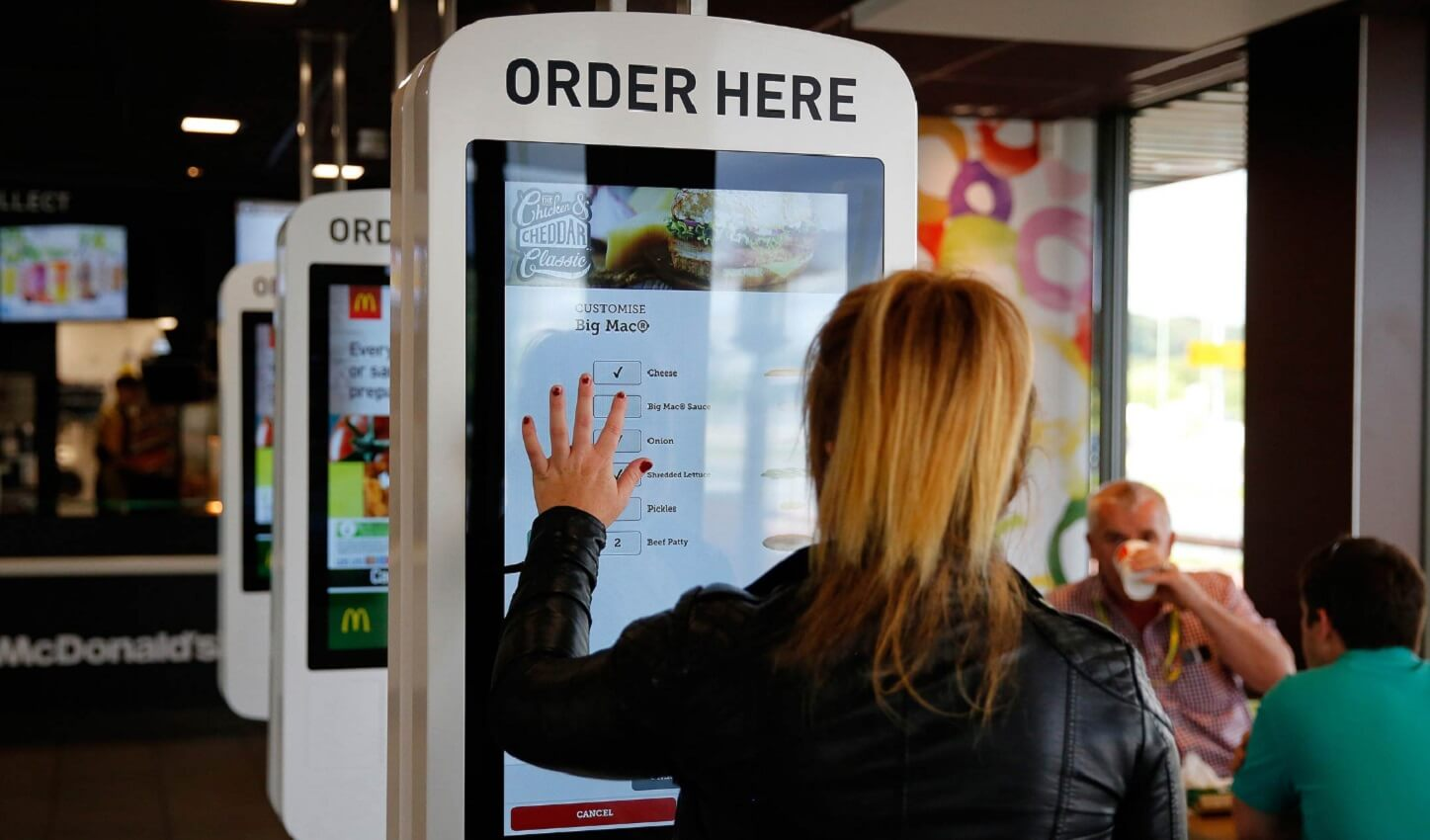Consumer expectations are advancing rapidly, and businesses will benefit if they keep up with it. Here’s a look into how McDonald’s have tackled this, to meet our growing expectations.
I walked into McDonald’s the other day with a colleague, who went immediately up to the touchscreen kiosk to complete her order.
Now don’t get me wrong, I consider myself a very tech-savvy 28-year-old, especially considering I work within the digital signage industry. In fact, at Prendi, we build and deploy touchscreen solutions just like the McDonald’s self-ordering kiosk! But, despite this, I am ashamed to say I was out of my league.
As I awkwardly stumbled through the touch ordering process, not only did I concede I was officially “old” but I also got hit with a pretty big realisation. Consumer expectations are advancing at even more of a rapid pace than I imagined. These younger generations who are putting me to shame, are interacting with brands just as they are interacting with their friends. And with that in mind, self-serve kiosks are a must for McDonald’s and any other stores which generate a decent line-up for service.
Why? Because interactivity is second nature to the upcoming generations. And McDonald’s, for one, understands that.

McDonald’s haven’t just implemented self-ordering kiosks for technologies sake. Nor have they created a mobile app and simply expected the masses to come.
Albeit, many consumers prefer these digital channels, but McDonald’s have a vast digital marketing strategy around encouraging consumers to use the kiosks, and educating them in the process. Their mobile app currently offers a promotion a day if you scan it in-store via the kiosks. Not only are they increasing engagement of the app, but also with their in-store kiosks. Brilliant, really.
Though keep in mind, engaging your consumers doesn’t mean replacing all traditional forms of communication. Not yet. McDonald’s have various channels for their entire audience to interact with their brand; for example, self-serve kiosks are an option but so are the traditional check-outs.
A previous blog in 2015, “Will McDonald’s be the catalyst for the next era of retail disruption?”, addressed how rising consumer expectations meant a demand for more choices and more control. That was three years ago. Today, past demands have been met with these personalised experiences via interactive digital installations – in-store and mobile. And so, interactivity is now expected simply because McDonald’s (amongst other leading brands) has made it possible.
No matter the demographic of your audience, you’ll do well to consider the different forms of interactivity that you offer them.
Afterall, today’s teens are tomorrows adults, are tomorrows elderly. As I very bluntly realised.
As featured in Sixteen:Nine
https://www.sixteen-nine.net/2019/01/02/how-mcdonalds-has-made-in-store-interactivity-the-norm/





Your internet site has superb web content. I bookmarked the
website